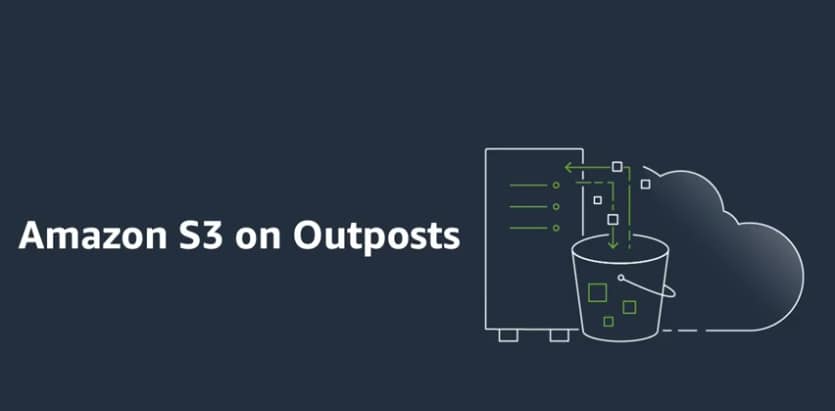This week AWS made yet another announcement surrounding their AWS Outposts, this time granting the ability to use Amazon Simple Storage Service (S3) APIs. Now users of Outposts will be able to store and retrieve their object data the same way they would in a normal AWS Region. All the tools, apps, scripts, or utilities leveraged through the cloud can now be configured the same way locally.
This week AWS made yet another announcement surrounding their AWS Outposts, this time granting the ability to use Amazon Simple Storage Service (S3) APIs. Now users of Outposts will be able to store and retrieve their object data the same way they would in a normal AWS Region. All the tools, apps, scripts, or utilities leveraged through the cloud can now be configured the same way locally.

As we reported previously, AWS Outposts bring native AWS services, infrastructure, and operating models to virtually any data center, co-location space, or on-premises facility, all with lower latency. As a bonus the solution is fully managed by AWS, and the physical infrastructure is delivered and installed by AWS. This means that users don’t have to worry about updates or patches as AWS operates and monitors its Outposts, saving on downtime and maintenance. Outposts was released in the last few years and the company has been adding more and more features to it to make it more and more similar to the normal AWS interactions.
Outposts worked best for workloads requiring lower latency like EC2, EBS, and RDS. However, Outposts are connected to the local AWS Region meaning users are able to access Amazon S3. This latest feature enables customers to use the S3 APIs to store object data on the AWS Outposts hardware and process it locally. This means data the needs higher performance can be process locally for a lower cost as well as seeing a reduction of data transfer as the filtering, compression, or other pre-processing can all be done locally as well. S3 buckets can be created on the Outpost for storing and retrieve objects in the same manner as AWS region using the same Console, APIs, and SDKs.
What is a bit different (other than local speed and costs) is the creation of the new S3 storage class, S3 Outposts. Again, same S3 APIs, but this storage class is designed to durably and redundantly store data across multiple devices and servers on users’ Outposts. The Outposts can be configured with 48TB or 96TB of S3 storage capacity with up to 100 buckets on each.
S3 On Outposts Availability
S3 On Outposts can be added today.
Engage with StorageReview
Newsletter | YouTube | Podcast iTunes/Spotify | Instagram | Twitter | Facebook | RSS Feed
